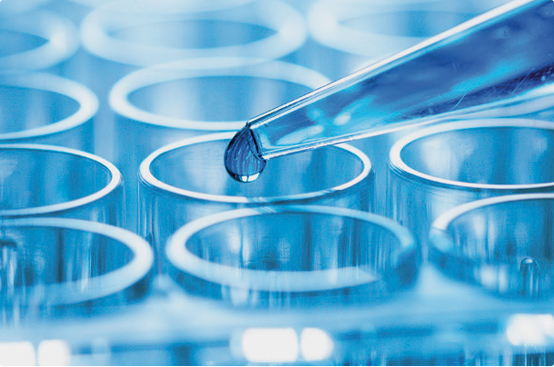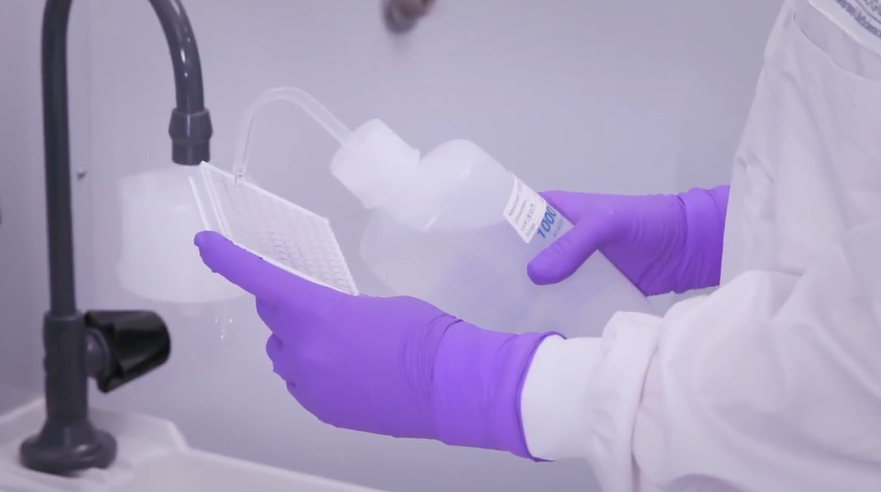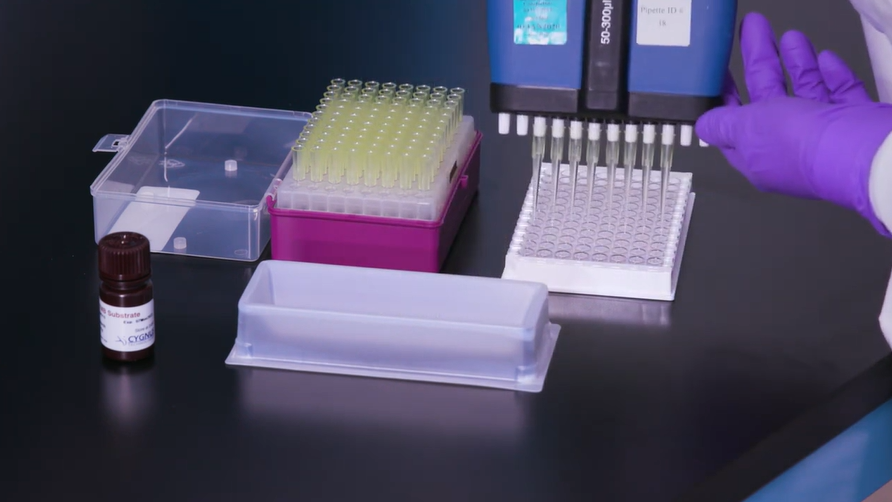Evaluating Precision and Reproducibility in your ELISA
You’ve established that your ELISA assay is compatible with your sample matrices and identified your sample MRD. Confirming the reproducibility of the assay in your lab is the next step toward qualifying your ELISA for its intended purpose.
Defining Precision and Reproducibility
Precision is defined as the closeness of agreement between measurements and is expressed as a percent coefficient of variation (%CV). For samples and controls this is calculated by dividing the standard deviation by the mean concentration of the replicates measured. Using this formula, both intra-assay and inter-assay precision can be determined. Intra-assay precision is a measure of the assay reproducibility between the different replicates in a single assay, while inter-assay precision demonstrates the reproducibility between multiple assays. Generally, tight intra-assay CV measurements indicate that the sample readings are not affected by the sample well positioning or procedure. Ensuring inter-assay CVs are within the acceptable range (< 15-20%, depending on your regulatory requirements) is another important metric that suggests the assay will continue to be reproducible over time.

Troubleshooting Assay Performance
If your CV measurements are above the expected values outlined in your kit documentation, it is likely that there is either a procedural or equipment issue causing the variability, as our kit lots are subjected to numerous QC and stability tests. We recommend the following steps to help you troubleshoot higher-than-expected CVs:
1. Evaluate your washing technique
Many automated plate washers and hand-held vacuum aspiration devices can adversely affect assay performance. Overly aggressive washing is a common cause of imprecision, as this can dissociate antibody-bound reactants in a highly variable manner. Automated vacuum aspiration devices or overly hard banging of the ELISA plate when using a manual washing method can negatively impact antibody reactivity, resulting in higher CVs. If your organization decides to use an automated plate washer, the setting should be as gentle as possible for aspiration and dispense of wash solution. Washing with a multi-channel pipette can also cause problems, ranging from low ODs to poor precision. For these reasons, we recommend implementing our manual (squirt bottle) washing procedure for optimal reproducibility. It is important that each well is subjected to washing for approximately the same amount of time; this is best accomplished when alternating the starting direction for washing methods that do not use a 96 well head. This involves rotating the plate 180 degrees between the washing cycles.
Review more details and watch the video in our “Guide to ELISA plate washing” article to help you master the recommended washing technique.

4. Evaluate operator-specific technique & instrumentation
Operator technique, poorly calibrated pipets, or poor-quality pipet tips can all adversely affect assay precision. Inviting a second analyst to perform the assay in another lab using different equipment may help you identify whether the source of the imprecision is due to operator inexperience, or perhaps, problems with routine laboratory tools, such as poorly calibrated pipets or pipet tips.
Have more questions for our technical support team? Reach out to us with your questions and our technical experts will help you get your assay performance back on track.


